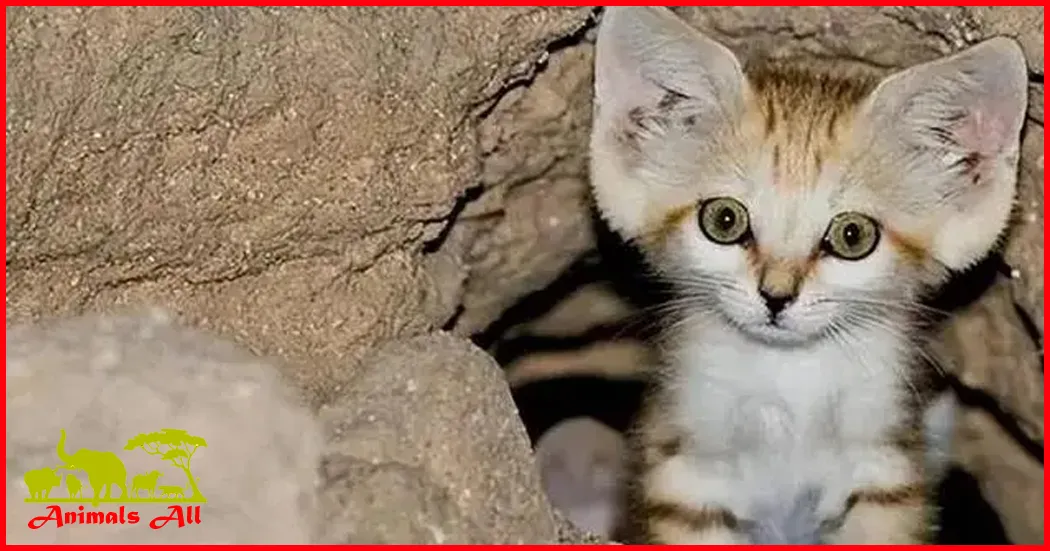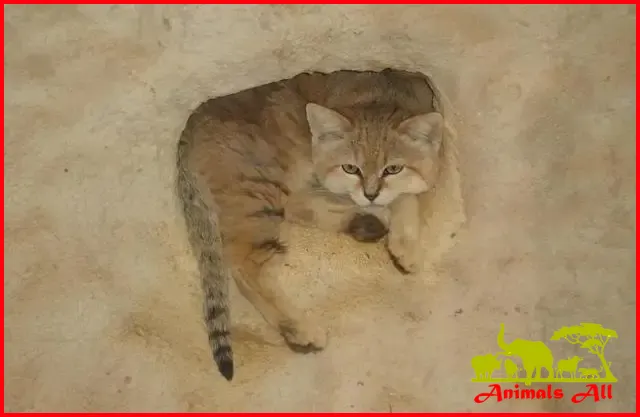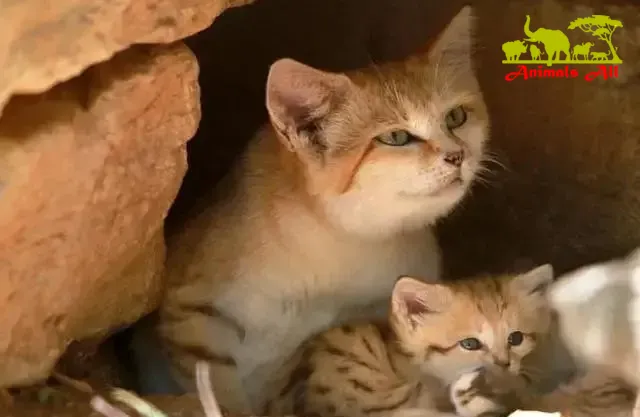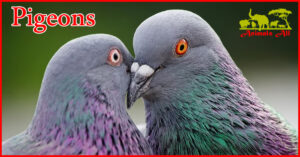
In the desert, sand cat is only 45 centimeters long and can survive without drinking water for a month
Why are sand cats banned? The smallest cat in the world has a very ferocious temperament and eats venomous snakes like spicy sticks! There is a kind of kitten living in the desert of Arabia. They have big ears but are very small in size. Because their activity range is mainly in the desert of the Arabian Peninsula, biologists named them desert cats, or they can also be called sand cat.
smallest cat
Sand cats have the smallest size among cats, and a sub-adult sand cat can fit into a tea cup. The body length of adult sand cats is 45 centimeters, which may seem quite small, but most of this body length is contributed by their tails. The body of sand cats is actually only 15 to 20 centimeters, about as long as an adult’s hand. .
There is a reason why sand cats are so small. The desert environment in the Arabian Peninsula is very bad. The temperature can reach over 50 degrees Celsius during the day and drop to minus 5 degrees Celsius at night. Sand cats rarely come out during the day. They dig burrows in sandy areas with a lot of soil. The deeper the burrow, the cooler it is during the day.

If it has to come out during the day, the sand cat also has a magic weapon. The pads on the soles of its feet are very thick, and several tufts of long hair grow between the toes. When walking, the sand cat’s soles step on the hair, as if it is wearing a Like straw sandals, this way the sand cat won’t be afraid of being burned by the sand. With these furry paws, the sand cat can walk very fast on the sand without leaving any footprints, so it will not be discovered by natural enemies.
Natural enemies of sand cats
The natural enemies of sand cats are mainly birds of prey in the sky. Eagles in the desert have very good eyesight. During the day, sand cats can easily be caught by eagles when their heads are exposed. Only at night do sand cats dare to come out to look for food. But at this time, it will also encounter another natural enemy, the Arabian horned viper. The venom of this snake is very similar to the domestic five-step snake, and there is no problem in poisoning the sand cat. After biting a sand cat, the venom can dissolve the muscles, and the Arabian horned viper can swallow the sand cat.
However, animals in the desert all have one characteristic. They are very small, and the Arabian horned viper is no exception. Sometimes it will be eaten by sand cats. The two are natural enemies of each other, falling in love and killing each other in the dry desert!
There are many things that sand cats can eat. This little guy has never been picky about food and will eat whatever he finds. They like to eat small crickets, scorpions, lizards and mice. The sand cat has a very keen sense of smell and hearing. In a quiet environment without wind and sand, it can hear the sound of mice digging holes 500 meters away, mainly due to its two big ears.
The sand cat’s ears are the largest in proportion to its body among cats. These ears also have a function – to dissipate heat. There are many capillaries distributed in the sand cat’s ear walls. Blood flowing through these capillaries can dissipate heat from the body.
Desert cats
To be able to live in the desert, one skill is necessary, and that is drought tolerance. Desert cats take this skill to such an extreme that they can go months without water. These cats can also make the most of the water in their prey, making them the camels among cats!

The activity range of a sand cat is about 16 square kilometers. From March to May every year, male sand cats go out to find mates. A female sand cat can give birth to 3 to 5 cubs per year, and the maximum number of cubs recorded is 8. A newborn sand cat only weighs more than 30 grams, less than an egg. However, sand cat cubs grow very fast and can gain 10 grams per day within three weeks of birth.
After one month, the sand cat cubs will be able to dig holes. At this time, the sand cat mother will teach the cubs how to dig for insects and lizards under the sand. By 2 months old, the sand cat cubs have grown to be almost as big as the mother cat. In more than a month, these sub-adult cats will go out to forage alone, and will eventually be driven out by the mother cat to find their own territory. The life span of sand cats is similar to that of domestic cats, and individuals in the wild can live up to 13 years.

From the appearance, the sand cat looks like a smaller version of the orange cat. It looks more adorable than the orange cat. Can this kind of cat be kept as a pet?
Scientists
The answer is no. Even scientists don’t know how many sand cats there are because they are so difficult to catch. In 2014, the sand cat was list as Least Concern on the International Union for Conservation of Nature Red List of Threatened Species, and it is a Class II protect animal under the Washington Convention. Countries like the United States that can raise tigers cannot raise sand cats.
In some countries, such as Israel, Kazakhstan, and Iran, sand cats are first-level protect animals, and those caught for private breeding will be jail. The Pakistani sand cat’s protection level is similar to that of my country’s crested ibis and giant panda. Unfortunately, it was declare regionally extinct by biologists in 1940. There are still many biologists in Pakistan looking for this kind of kitten in the desert, hoping for a miracle to happen. , just like the crested ibis in our country.
Although the sand cat is small, it is a top predator in the desert. The only thing that can harm the sand cat population is humans. Stray dogs and cats in the Arabian Peninsula are the biggest enemies of sand cats. Sand cats living near residential areas often die tragically in caves. The main culprits are these stray dogs and cats.
Biologists speculate based on genes that the ancestors of domestic cats may also be the Egyptian sand cat subspecies, and Persian cats also originate from the desert. We can’t keep sand cats, but their close relatives are all around us!


2 thoughts on “In the desert, sand cat is only 45 centimeters long and can survive without drinking water for a month”
Comments are closed.